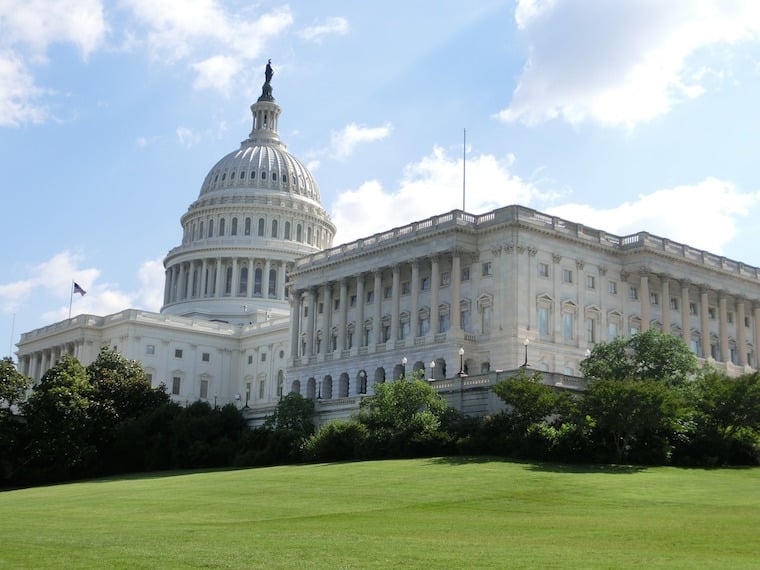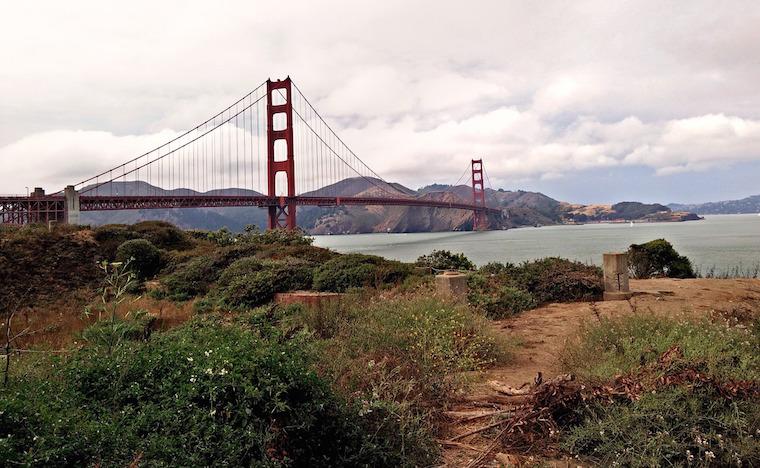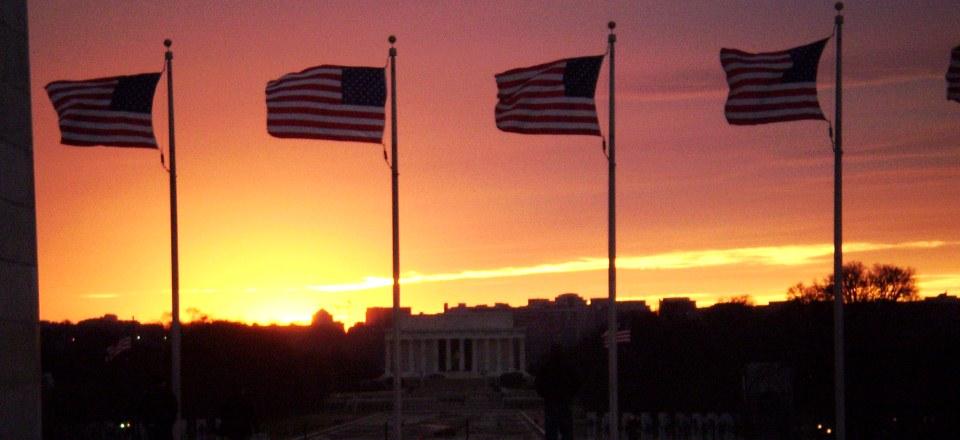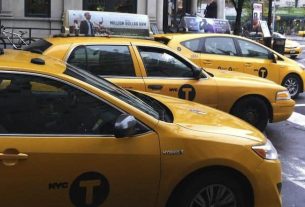Planning a trip to the United States seems to have fewer mysteries than the other destinations we’ve already talked about on this blog. After all, everyone knows that English is spoken there, that the currency is the dollar, what the cities are and some of the famous tourist attractions. Every day, we watch series and films about the United States, we read the news and we already have a good idea of what we will find there. But, leaving stereotypes aside – some true, others not so much – let’s answer the questions that may arise when planning your trip to the USA.
How to get an American visa
Certainly the part that generates the most doubts is how to obtain a tourist visa. Fortunately, it is valid for 10 years and that is a long time. In April 2012, the American Consulate changed the rules for obtaining a visa, trying to facilitate the process. We pray for the day when visas are abolished once and for all. Until then, what you have to do:
1. Go to the consulate website and fill out form DS–160. For more detailed information and access to the form (which must be completed in English) click here.
2. Pay the fee of 160 dollars: you can pay by credit card, via the website or by phone, or by bank slip.
3. Schedule an appointment (via internet or telephone) at the Visa Applicant Service Center (CASV) – located in São Paulo, Rio de Janeiro, Recife, Brasília and Belo Horizonte. There, biometric information will be collected, such as photos and fingerprints. Then, you need to schedule an interview at the Consular Section.
4. Go to CASV at the scheduled time, taking your passport, the printed DS-160 confirmation page and the fee payment receipt. Children under 15 and over 66 generally do not need to go through the interview phase – just like those renewing their visa.
5. Then, if necessary, attend the interview scheduled at the Consulate or Embassy taking the same documents – you will be interviewed by a consul who will determine whether you can have a visa (try to remain calm, take documents that prove that you are a tourist and not intends to move there. And don’t lie under any circumstances).
6. Your passport with visa will be delivered to your home or you can pick it up at one of the places indicated.
We have a complete post about the American visa and the visa interview.
Vaccines
The International Yellow Fever Vaccination Certificate is NOT mandatory to enter the USA. In other words, you don’t need to take any vaccine. But be aware if you are going to pass through another country first, there may be this requirement.
How to get
From Brazil, there are direct flights to the following cities: Miami, Orlando, Atlanta, Charlotte, Dallas, Houston, Detroit, Los Angeles, New York and Washington. Several airlines operate the routes, including the Brazilian airlines Tam and Gol and the North American airlines Delta, American Airlines and United.
Language
English, of course. But you will also find a lot of people who speak Spanish. In some cities, there are signs in Spanish on the subway, but knowing a little English never hurt anyone.
Is this your first trip abroad? Check out our e-book with exclusive tips!
Time zone
Anyone who struggles to guess the times of American TV programs already knows that there are four main time zones. However, I discovered, there are actually nine time zones. Two apply to the territories of Hawaii and Alaska. The other four are inside the map and are the ones we know best. In addition, there are three more for territories outside the US, such as Puerto Rico. So write it down, from east to west (check the map to know which one applies to the place you’re going). Remembering that this varies with summer times here and there:
Eastern Standard Time (EST) UTC-5 (2 hours earlier than Brazil)
Central Standard Time (CST) UTC-6 (3 hours earlier than Brazil)
Mountain Standard Time (MST) UTC-7 (4 hours earlier than Brazil)
Pacific Standard Time (PST) UTC-8 (5 hours earlier than Brazil)
Alaskan Standard Time (AKST) UTC-9 (6 hours earlier than Brazil)
Hawaii-Aleutian Standard Time (HST) UTC-10 (7 hours earlier than Brazil)

Telephone
The international telephone code is +1
Coin
The important thing is not to know that the Dollar (U$) is the currency of the United States, but what is the price you will pay: the tourist dollar. For those going there, you need to be aware of the crazy exchange rate variations.
How to get around the United States
They have an excellent transportation system, so you can actually get from one place to the other quite easily. By plane it’s good because it’s faster: low cost companies, like Southwest, Jetblue or Virgin Airlines are good and charge cheap. You can also do like Sheldon, from Big Bang Theory, and go by train: the landscape is beautiful and the service is good, but it will cost as much or more than a flight. Additionally, you need to check which cities have train lines for passengers.

By bus, you can get to practically everywhere and it’s not expensive. The most common company that practically dominates the bus system there is GreyHound. However, you may experience dangerous situations, such as having your suitcase stolen on some longer stretches. Traveling by car is also an option: rentals there are cheap. You will only need an international driver’s license and basic knowledge of the miles system.
See here more about traveling by bus in the United States.
Other travel tips for the United States
Be sure to read everything we publish about the country. If you’re going to New York, see here which are the best neighborhoods to stay there. And if you have any doubts, you already know: just leave your question in the comments. Bon voyage!
Attention: It is not a good idea to travel to the United States without international health insurance, as hospital costs there are very high. Read here how to find cost-effective insurance (and with a discount!)
Sign up for our newsletter

Sign up for our newsletter and stay up to date with exclusive news
that can transform your routine!
Warning: Undefined array key "title" in /home/storelat/public_html/wp-content/plugins/link-whisper-premium/templates/frontend/related-posts.php on line 12
Warning: Undefined array key "title_tag" in /home/storelat/public_html/wp-content/plugins/link-whisper-premium/templates/frontend/related-posts.php on line 13



